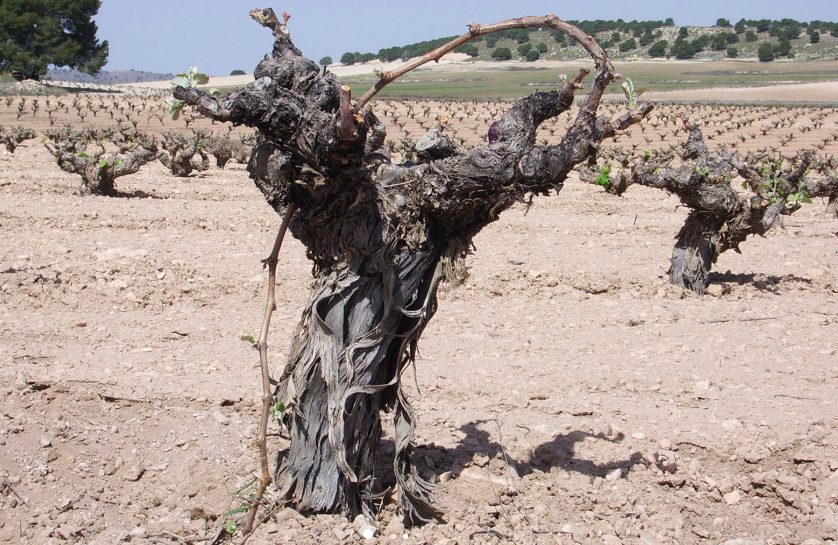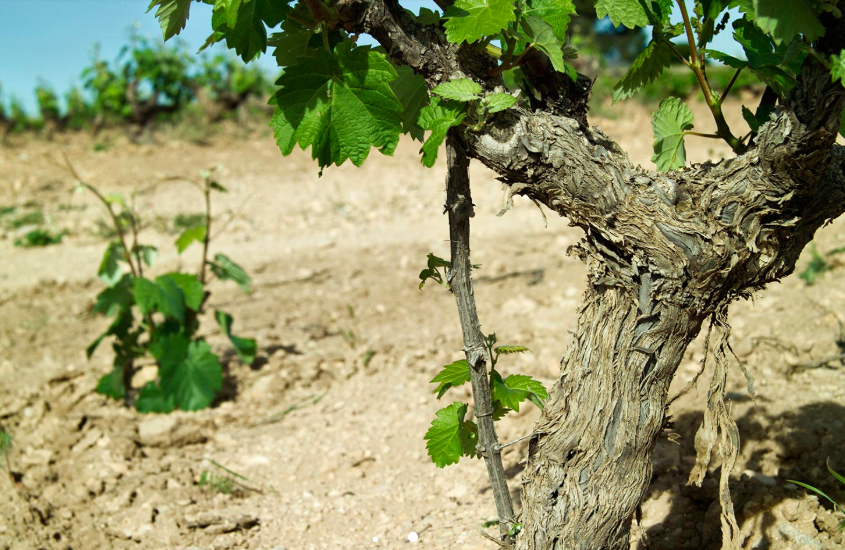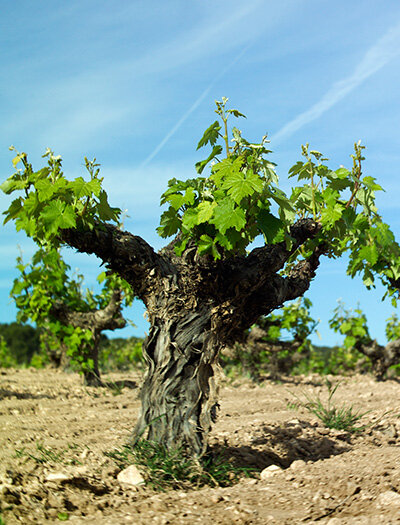If You Like Cabernet Sauvignon...
Listen, we get it—it’s hard to find new wines you like. There’s a price associated with trying new things, and after a long day, you just want some insurance that you’re going to like what you put in your glass. Let us help you. With “If You Like…” we’re serving up suggestions based on things you already know.
Today, we’re back at it with red wine.
If you like Cabernet Sauvignon, you’ll probably like Monastrell.
What is Monastrell? You may already know Monastrell, but as its potentially more well-known moniker, Mourvèdre. Mourvèdre grows best in hot, dry climates; most famously in the Rhone Valley and in the south of France, but also in Australia, where it’s called Mataro, and in Spain, where it’s called Monastrell. You may also know it as the “M” in the ever-popular G (Grenache) S (Syrah) M (Mourvèdre) blend. Today, we are specifically talking about Spanish Monastrell.
Monastrell has a romantic, untamed quality—I’m talking red velvet, black leather, and brass accents. Julia Roberts in Mystic Pizza or Pretty Woman. It may be a little cheap, but it’s still damn fine. Expect luscious dark fruit, dried herbs, roasted meats, and sun-drenched minerals.
Why should I try Monastrell rather than Mourvèdre or Mataro? Monastrell is Spain’s fourth-most planted red variety (i.e. type of grape). It’s previously had a terrible reputation, being used in syrups and sweet wines, which made the grapes dirt cheap and the bottles inexpensive for the consumer. However, the grape has started to gain popularity around the world, and more and more winemakers are making high-quality Monastrell, which then means more and more importers are bringing it into the US. Thus, not only is it inexpensive, but it should be relatively easy to find.
Glamor shots of Olivares in Jumilla, Spain, from their website.
How is it like Cabernet Sauvignon? Monastrell and Cabernet are both full-bodied red wines with a penchant for robust fruit and anise-tinged earth. Tannins and acid are medium-high to high in both types of wine—which provides that bold mouthfeel you probably already like in Cabernet.
How is it different? Monastrell has a wild, animalistic quality to it. If Cabernet is a tuxedo, Monastrell is a tuxedo t-shirt. It’s a little less buttoned up, a little more rustic, a little more rough around the edges.
Where should I buy it? Monastrell may not be as ubiquitous as Cabernet or Merlot, but you should be able to find it at most grocery stores, especially ones with an emphasis on wine buying. I’ve even found some good examples at Trader Joe’s.
How much should it cost? Prices can range from very inexpensive to upwards of $30 a bottle, depending on the producer. If you stick to the $10-$20 range, you should be able to find a very good bottle.
What bottle should I buy? Olivares Monastrell Altos de la Hoya. Jumilla is the heart of Spanish Monastrell and Olivares has become a benchmark producer in my book. They have a single vineyard—Finca Hoya de Santa Ana—with vines nearing 80 years old. Though Jumilla is mostly a sandy moonscape, this site differs from the rest of the region due to its considerable elevation. At 2,700 feet above sea level, Finca Hoya de Santa Ana sees a large “diurnal shift” (the range in temperature from the heat of the day to the cool of the night), which means excellent acid retention.
What should I pair with Monastrell? A great rule of thumb for wine pairing: high fat wants high tannin. There’s a reason why ribeyes and Cabernet go hand in hand; all that tannic heft and structural oomph cuts right through decadent, marbled meat. Monastrell is the same deal. Pick up your favorite cut of red meat and some smashed potatoes. Braised lamb with dried fruit. Buttery, mushroomy pasta.








